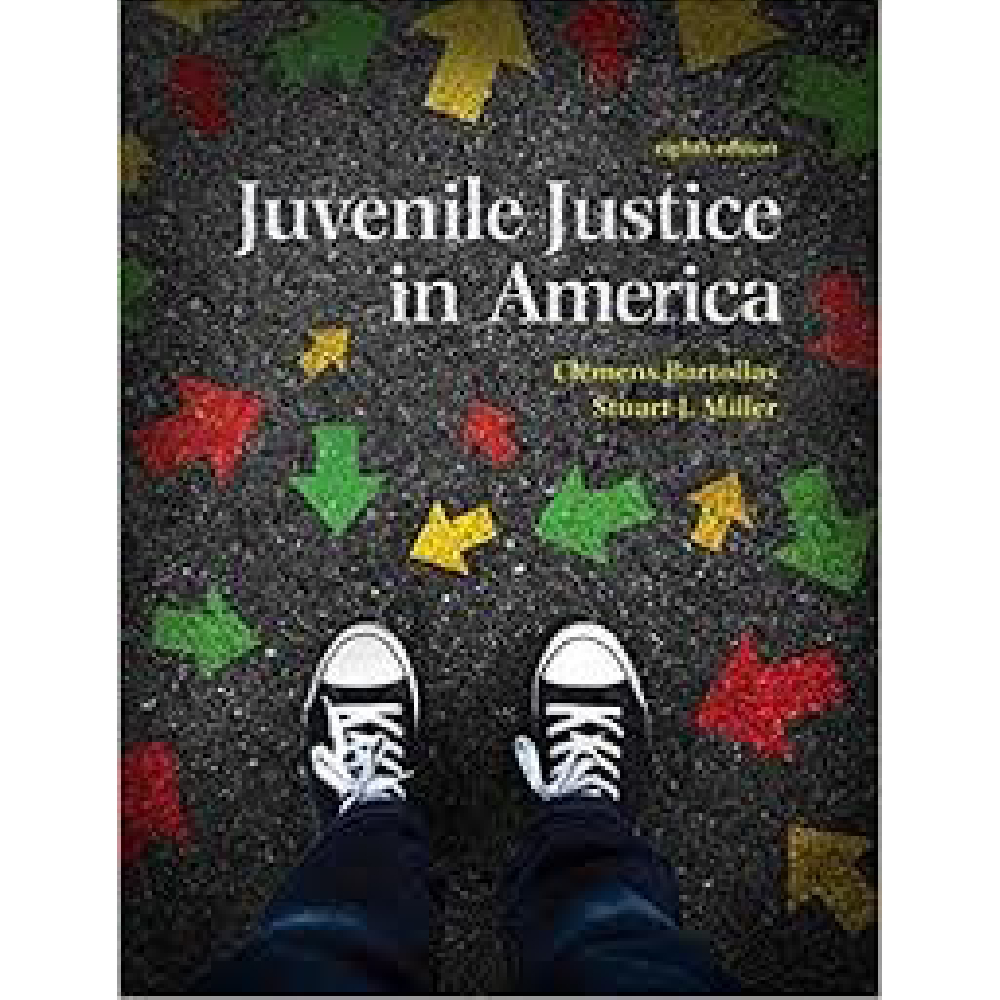11.1 Multiple Choice Questions
1) Much of the current work in juvenile justice is focused on ________.
A) punishment
B) confinement
C) aftercare
D) reentry
Answer: B
Page Ref: 237
Objective: Describe the goals of aftercare
Level: Basic
2) Which of the following is an objective of juvenile aftercare?
A) reducing the crimes committed by released juveniles
B) increasing the time of confinement
C) releasing residents at a convenient time for the detention facility
D) eliminating the monitoring of offenders
Answer: A
Page Ref: 238
Objective: Describe the goals of aftercare
Level: Intermediate
3) What is the prime goal of incarcerated youth?
A) retaliation
B) rehabilitation
C) release
D) respect
Answer: C
Page Ref: 237
Objective: Describe the goals of aftercare
Level: Basic
4) Why is the term aftercare a misnomer?
A) because there never really is an “after”
B) because there is actually much more pre-care involved
C) because there really isn’t any care involved
D) because aftercare involves much more than “after an offender is released”
Answer: D
Page Ref: 237
Objective: Describe the goals of aftercare
Level: Intermediate
5) Juveniles released after training are placed ________.
A) on aftercare or parole status
B) in drug rehab facilities
C) in general population in the prison
D) with their respective families
Answer: A
Page Ref: 237
Objective: Describe who is responsible for releasing youths from training school
Level: Intermediate
6) Which argument contradicts the contention that the staff members who work with the residents know them best and are best judges of when they should be released?
A) The institutional officials will intentionally try to keep the inmates imprisoned to prevent budget cuts.
B) The institutional staff does not have one-to-one relationships with the inmates.
C) The institutional officials and staff are prone to overreact to residents’ inability to get along in the institution.
D) The institutional staff does not know the inmates sufficiently to judge their behavior.
Answer: D
Page Ref: 238
Objective: Describe who is responsible for releasing youths from training school
Level: Intermediate
7) Which of the following is a disadvantage of setting up independent agencies for releasing youths from training centers?
A) Agencies can be easily bribed and thus manipulated.
B) Agencies are too far removed from the institutions to know what is happening on the inside.
C) Ideological differences between agency members and the youths can lead to major disadvantages for the youths.
D) Agency members tend to overreact to the youth’s behavior.
Answer: B
Page Ref: 239
Objective: Describe who is responsible for releasing youths from training school
Level: Intermediate
8) States that use ________ sentencing for juveniles usually have determined the time of institutional release when the youth is committed to training school.
A) minimum
B) mandatory
C) indeterminate
D) optimum
Answer: B
Page Ref: 239
Objective: Describe who is responsible for releasing youths from training school
Level: Basic
9) For an aftercare program to be successful, it should ________.
A) reduce contact as much as possible between officials and offenders
B) depend on intuition and not on any definite plan
C) target offenders with the highest risk of recidivism
D) avoid cognitive and behavioral treatments
Answer: C
Page Ref: 244
Objective: Summarize why so many youths fail on aftercare
Level: Intermediate
10) Which of the following is a reason given for the failure of aftercare?
A) constructive nature of institutional life
B) the abundance of support in the community
C) lack of a moral code among inmates
D) extreme fragmentation in the system
Answer: D
Page Ref: 246
Objective: Summarize why so many youths fail on aftercare
Level: Basic













Reviews
There are no reviews yet.